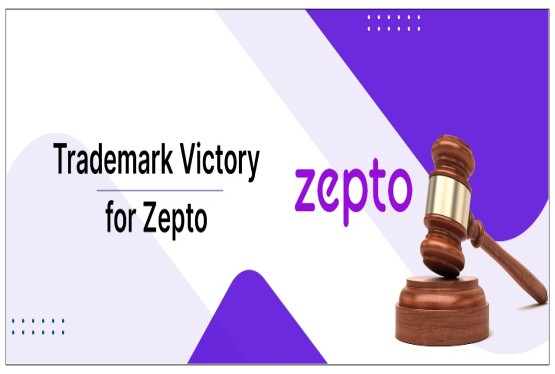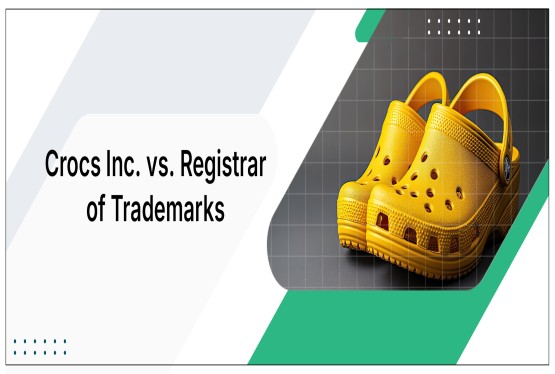Copyright is a legal right that grants creators exclusive control over the use and distribution of their original works, including literary, dramatic, musical, and artistic creations, as well as cinematographic films and sound recordings. In India, while copyright protection is automatic upon the creation of a work, registering the copyright provides formal recognition and serves as prima facie evidence in legal proceedings concerning ownership. The registration process requires the submission of specific documents to the Copyright Office.
1. Overview of the Copyright Registration Process
The Copyright Act, 1957, along with the Copyright Rules, 2013, governs the registration process in India. Although copyright registration is not mandatory for enforcing copyright, it offers legal advantages, such as serving as evidence of ownership in court. The registration procedure involves filing an application with the Registrar of Copyrights, paying the prescribed fees, and providing supporting documentation to substantiate the claim of originality and ownership.
2. Essential Documents Required for Copyright Application
To ensure a successful copyright application, the following documents must be submitted:
(A) Completed Copyright Application Form
-
The application must be made in the prescribed format (Form XIV) under Rule 70 of the Copyright Rules, 2013.
-
Form XIV requires details such as the name and address of the applicant, the nature of the work, and the date of publication, if any.
(B) Copies of the Work
-
A clear and legible copy of the work for which copyright protection is sought must be submitted.
-
For literary works, such as books, manuscripts, or articles, two hard copies and a soft copy are generally required.
-
For artistic works, such as paintings, drawings, or photographs, high-quality scanned copies of the work are essential.
-
In the case of musical works, sheet music or lyrics and any accompanying sound recording must be submitted.
-
For cinematographic films and sound recordings, a video or audio copy (in electronic format) must accompany the application.
Note: The submitted copy serves as proof of the work's originality and must not include plagiarized or derivative content.
(C) Proof of Identity and Address of the Applicant
-
A valid proof of identity (such as an Aadhaar card, passport, or voter ID) and address proof of the applicant must be attached.
-
In the case of joint ownership, proof of identity of all co-owners is required.
(D) Power of Attorney (if Applicable)
-
If the application is being filed through an advocate or agent, a signed Power of Attorney authorizing them to act on behalf of the applicant is mandatory.
(E) Declaration of Ownership
-
A self-declaration or affidavit stating that the work is original and has not been copied from any source is crucial.
-
This document acts as a safeguard against false claims.
(F) No Objection Certificate (NOC) from Author or Co-Author (if Applicable)
-
If the applicant is not the actual author of the work but a publisher, producer, or owner of the rights, a No Objection Certificate (NOC) from the author or co-author is required.
-
In case of joint authorship, an NOC from all contributing authors is necessary.
(G) Publisher's NOC (for Published Works)
-
If the work has already been published, a no-objection certificate from the publisher must accompany the application.
-
This document confirms that the publisher has no claims over the copyright.
(H) Details of Publication (if Applicable)
-
If the work has been published, details regarding the date of publication, name of the publisher, and copies of the publication must be provided.
(I) Specific Details for Different Types of Works
-
For software applications, source code and object code (minimum 30 pages) are required.
-
For cinematographic films, details of the producer, director, and artists involved are to be included.
-
For sound recordings, the rights owner must provide documentation, including agreements with lyricists, composers, and performers.
3. Legal Framework Supporting Documentation
The Copyright Act, 1957, under Sections 17 and 18, stipulates ownership and assignment of copyright. Proper documentation ensures compliance with these provisions:
-
Section 17: This section establishes the author as the first owner of copyright unless there is an agreement stating otherwise.
-
Section 18: Assignment of copyright must be made through a written agreement.
Without proper documentation, ownership disputes often arise, as evidenced in multiple cases.
4. Relevant Case Laws Emphasizing Documentation
(a) Eastern Book Company v. D.B. Modak (2008) 1 SCC 1
In this landmark judgment, the Supreme Court held that for a work to be eligible for copyright, it must exhibit originality. Proper submission of the work and declaration of ownership in the copyright application would prevent any disputes regarding originality.
(b) R.G. Anand v. Delux Films (1978 AIR 1613)
This case reiterated the principle that ideas are not copyrightable, but the expression of ideas is. Submitting the complete expression of the work (such as scripts, recordings, or manuscripts) ensures that the work is protected.
(c) Narayanan V. S. & Ors v. S. Murari (AIR 2011 Mad 1)
This case emphasized the importance of documentation in resolving authorship disputes. The court ruled in favor of the plaintiff because of the well-documented proof of ownership.
5. Importance of Proper Documentation
Proper documentation in a copyright application serves several purposes:
-
Proof of Ownership: Clear documentation prevents ownership disputes.
-
Legal Evidence: Registered copyright and submitted documents serve as legal evidence in case of infringement.
6. Conclusion
Filing a copyright application is a significant step in securing legal protection for creative works. Ensuring that all required documents—such as the completed application form, proof of identity, copies of the work, NOCs, and affidavits—are submitted is essential for the successful grant of copyright registration. Complying with the Copyright Act, 1957, and the Copyright Rules, 2013, not only safeguards the rights of authors but also strengthens their claims in cases of infringement.
The importance of proper documentation cannot be overstated, as seen in various case laws like Eastern Book Company v. D.B. Modak and R.G. Anand v. Delux Films, which underline the significance of originality and ownership in copyright protection. Authors, publishers, and creative individuals must meticulously gather and submit the required documents to avoid legal hurdles and ensure robust protection of their intellectual property.
Frequently Asked Questions
Q1. Is it mandatory to register my copyright in India?
Ans. No, copyright protection is automatic upon the creation of an original work. However, registering your copyright provides formal recognition and serves as prima facie evidence of ownership in legal proceedings, making enforcement much easier.
Q2. What are the essential documents I need to submit for a copyright application?
Ans. Key documents include a completed application form (Form XIV), copies of the work (in appropriate formats for different types of works), proof of identity and address, a declaration of ownership, and potentially a Power of Attorney (if using an agent), No Objection Certificates (NOCs) from authors, co-authors, or publishers (if applicable), and details of publication (if the work is published).
Q3. What kind of copy of my work should I submit with the application?
Ans. The type of copy depends on the nature of the work. For literary works, you generally need two hard copies and a soft copy. For artistic works, high-quality scanned copies are required. Musical works need sheet music or lyrics and any accompanying sound recordings. Cinematographic films and sound recordings require video or audio copies in electronic format. The copy must be clear, legible, and original (not plagiarized).
Q4. If my work is already published, do I need any additional documents?
Ans. Yes, if your work has been published, you need to submit a No Objection Certificate (NOC) from the publisher. This confirms that the publisher has no claims over the copyright. You should also provide details of the publication, such as the date of publication, the name of the publisher, and copies of the publication.
Q5. Why is proper documentation so important for a copyright application?
Ans. Proper documentation serves as proof of ownership, preventing disputes. It also acts as legal evidence in case of infringement. As highlighted by cases like Eastern Book Company v. D.B. Modak and R.G. Anand v. Delux Films, originality and clear ownership are crucial for copyright protection, and thorough documentation supports these claims.






























_(b)_of_the_Trademark_Act,_1999_(1)_crop10_thumb.jpg)



_crop10_thumb.jpg)




























_crop10_thumb.jpg)
_crop10_thumb.jpg)






_crop10_thumb.jpg)








_crop10_thumb.jpg)
_crop10_thumb.jpg)



_crop10_thumb.jpg)





























_crop10_thumb.jpg)

















_crop10_thumb.jpg)






_crop10_thumb.jpg)











































































































































_crop10_thumb.jpg)




































_crop10_thumb.jpg)












_crop10_thumb.jpg)






















